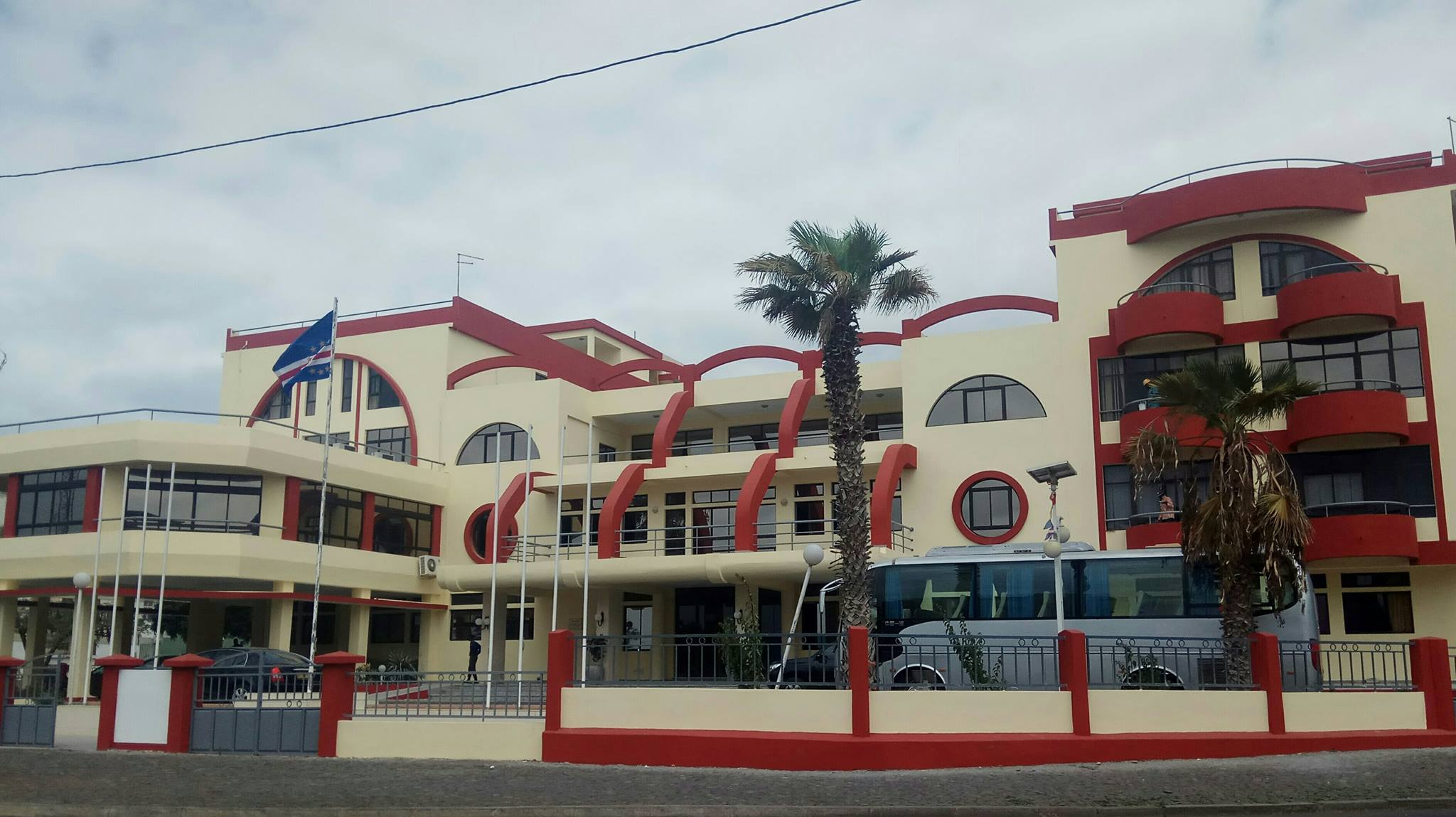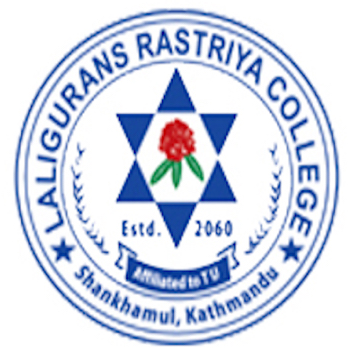Haramaya University
Description
About
Haramaya University is public institution and the second oldest university in Ethiopia. Haramaya University has gone through a series of transformations since its establishment as a higher learning institution. The agreement signed between the Imperial Ethiopian Government and the Government of the United States of America on May 15,1952 laid the foundations for the establishment of Jimma Agricultural and Technical School and the Imperial College of Agricultural and Mechanical Arts (IECAMA). The Agreement between the Government of Ethiopia and the Technical Cooperation Administration of the Government of the United States of America, signed on May 16, 1952, gave the mandate to Oklahoma State University to establish and operate the College, conduct a nationwide system of Agricultural Extension and set up an agricultural research and experimental station.
Based on the Emperor’s wish, it was decided to establish the College at its current location at Haramaya. Later on, the agreement signed between the United States Department of States and the Imperial Government provided the basis for the operation of Jimma Agricultural and Technical School that received its first class of eighty students in October 1952. Nineteen of the students graduated on August 6, 1953 and became the first freshman students of the Imperial Ethiopian College of Agricultural and Mechanical Arts (IECAMA). The IECAMA opened its doors to its first batch of students in October 1956 senior class moved from Addis Ababa to Alemaya for their final semester. At the end of the 1956/57 academic year, eleven students completed their studies and graduated with a B.Sc. degree in General Agriculture. The training programs in Agriculture were further specialized and B.Sc. programs were introduced in Animal Sciences (1960), Plant Sciences (1960), Agricultural Engineering (1961) and Agricultural Economics (1962).
Until 1963, the college was virtually dependent on Oklahoma State University, both administratively and academically; however, after 1966, when the first Ethiopian dean was appointed, the role of Americans was limited to advisory and technical support. The College became a chartered member of Addis Ababa University (the then Haile Selassie I University), following the contractual termination of Oklahoma State University in 1968. Consequently, it was named Alemaya College of Agriculture. Due to the great need of trained manpower in other areas of study, additional programs that included a diploma program in Home Economics (1967), Science Teachers’ Training Program (1978), and Continuing Education Program (1980) were launched.
A major landmark in the history of the College of Agriculture was the launching of graduate study programs in the 1979/80 academic year. This laid the foundation for advanced academic and research work at the institution. When graduate studies were launched, about 29 students were enrolled to study various fields of agriculture.
Another major landmark in the history of Alemaya College of Agriculture was when it was upgraded to university status on May 27, 1985, followed by the launching of the Faculty of Forestry in 1987. It was then named Alemaya University of Agriculture that produced qualified manpower in the fields of Animal Sciences, Plant Sciences, Agricultural Economics, Agricultural Engineering, Agricultural Extension and Forestry both at graduate and undergraduate levels. Moreover, in the continuing education program, diploma level training programs were delivered in Accounting and Management, in Dire Dawa and Harar centers.
The university once again went through another phase of transformation during the 1995/96 academic year by launching new programs in the fields of Teacher Education and Health. The opening of the two faculties, namely the Faculty of Education and the Faculty of Health Sciences, further diversified the existing programs, and enabled the institution to become a full-fledged university that was renamed Alemaya University (AU).
In the last few years, the University has witnessed tremendous expansion in terms of fields of study. In September 2002, two more faculties, namely Faculty of Law and Faculty of Business and Economics, were opened. Furthermore,Faculty of Veterinary Medicine and Faculty of Technology were initiated in 2003 and 2004, respectively to further diversify the training programs of the university. The institution was renamed Haramaya University in February 2006. The University, apart from undergraduate programs, has been highly engaged in the expansion and diversification of graduate programs.
Currently, the previous Faculties were reorganized into 9 Colleges , one institute and one Directorate namely, College of Agriculture and Environmental Science (CAES),College of Business and Economics(CBE), College of Computing and Informatics (CCI), College of Medical and Health Sciences(CMHS), College of Social Sciences and Humanities(CSSH), College of Law(COL), College of Veterinary Medicine(CVM), College of Natural and Computational Sciences (CNCS),College of Education and Behavioral Sciences(CEBS), Directorate of Continuing and Distance Education (CCDE) and Haramaya Institute of Technology (HIT).
Under these divisions, the University offers a total of 224 programs of which 106 are undergraduate programs, 104 are second degree (M.Sc./M.Ed./MPH) and 14 are PhD level training programs. In addition to academic programs, the university has launched institutes that cater research and outreach programs. These include the Institute of Pastoral and Agropastoral Studies (IPAS), Institutes of Peace and Development Studies (IPDS), and Institute of Land Tenure (ILT). The University has been actively involved in research activities, primarily in the fields of agriculture, since its inception. Through the years, the institution has established linkages with national and international organizations to strengthen its academic, research and outreach activities. As a pioneer institution of agricultural education, research and extension in Ethiopia for about six decades, the University has been developing and releasing several improved crop varieties and many improved crop and livestock management practices. The institution has produced many textbooks, book chapters, research articles, bulletins, proceedings, posters and a number of PhD dissertations and master thesis research reports. However, the research and outreach activities of the university in fields other than agriculture are weak as most of the colleges are young and lack the necessary manpower and experience. There is an urgent need for the university to make efforts to link its academic programs to its research and outreach activities in order to make its training programs relevant to the needs of the stakeholders and the country at large. This requires the need to make proper linkages with various stakeholders that include the rural community, urban dwellers, the private sector, governmental organizations and nongovernmental organizations at national and international levels.
The University is now functioning on three campus premises. The main campus, where the first milestone was laid, is Haramaya Main Campus. This campus is located at about 510 km East of Addis Ababa, between Dire Dawa and Harar towns. This is the nerve center of the University where the offices of the management of the institution are located. The second Campus is located in Harar Town where College of Health and Medical Sciences including Hiwot Fana Specialized University Teaching Hospital are situated.
Vision
Haramaya University strives to be one of the leading African Universities with international reputation by 2025.
Mission
The Mission of Haramaya University is to produce competent graduates in diverse fields of study, undertake rigorous, problem solving and cutting edge researches,disseminate knowledge and technologies, and provide demand-driven and transformative community services.
Core Values
Haramaya University is committed to the following core values:
- Academic freedom: A strong commitment to a free and democratic academic environment where individuals inquire, investigate and engage in relevant academic practices and development.
- Perseverance: A commitment and dedication to perform assigned duties to the best of one’s knowledge and abilities.
- Good governance: The practice of democratic, transparent, inclusive, responsible and accountable leadership and management and promotion of the principle of equal opportunity.
- Respect for diversity: A culture of equity and fairness in all forms of practices; a conviction for the respect of all people without sexual, class, racial, ethnic, religious, and regional discriminations.
- Professionalism: A commitment to a high standard of professional integrity and ethics.
- Collaborative spirit: Culture of working cooperatively within the University and with other stakeholders; developing the “we” spirit and joint responsibility.
- Fostering creativity/innovation: Develop a culture for generating new ideas, processes, services, technologies and entrepreneurial skill.
- Respect for Nature and Environment: All endeavors of the university should be environmental friendly.
SECTOR
Health, Research, Reproductive Health
Country
Ethiopia
SDG
03 - Good Health and Well-being, 04 - Quality Education, 05 - Gender Equality, 06 - Clean Water and Sanitation
Organization Type
Academia / Think Tank
Similar Organizations




